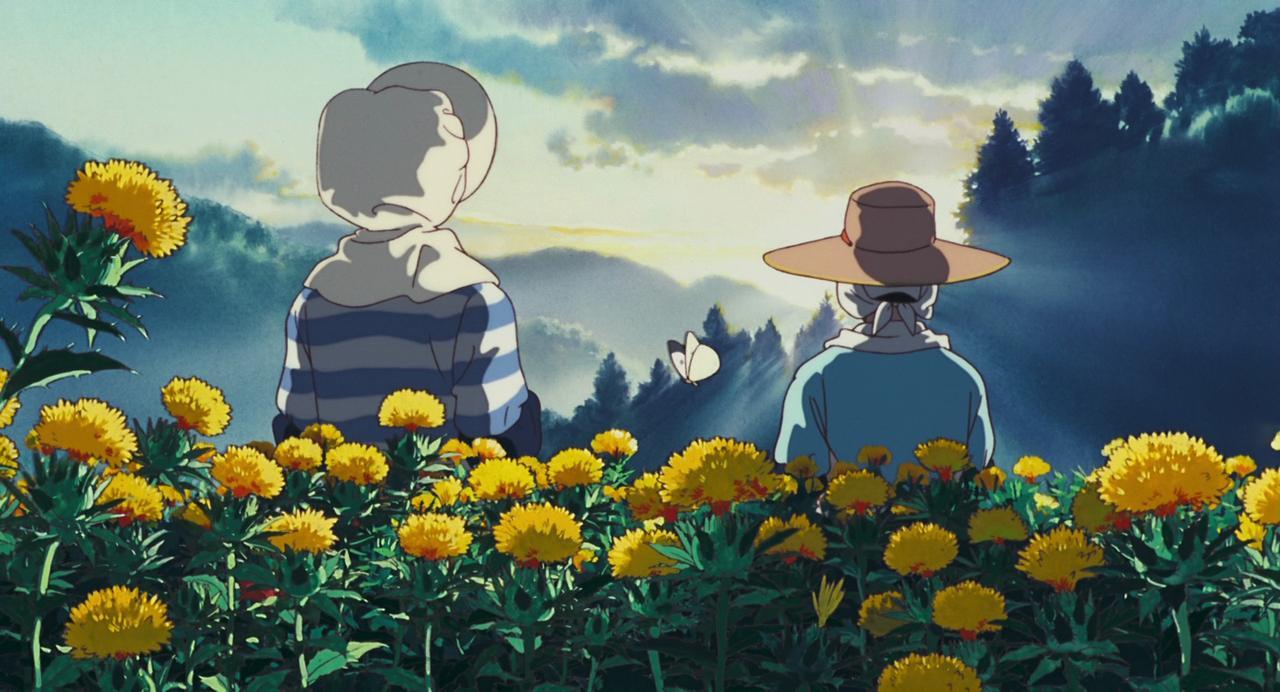But what, you may ask, is "beni"?
Beni is the word for safflower, a thistle-like plant that looks like this:
It's a flower that actually has quite a long and cultured history in Japan. Murasaki Shikibu, the Heian-era courtier who wrote the saga "The Tale of Genji" even had a character who was referred to (not always flatteringly) as the "Safflower Princess" because her nose was somewhat large and often red.
Other than this delightful reference, safflowers have been used to create a beautiful (and expensive) red dye in Japan, particularly in the 16th and 17th centuries. The flowers originated in Egypt and came to Japan through China via the Silk Road. Even though the flowers are yellow, 1% is, in fact, a red dye. Now, however, there's only one beni company remaining, and they have a small museum in the Omotesando area: the Isehan-Honten Museum of Beni.
It's really quite a minuscule museum, but since entry is free you can't really feel too bad about checking it out if you're in the area. The one-room exhibit details, mostly, how beni dye and cosmetics are made and how they were used during the Edo period.
I actually knew a little bit about beni and the dying process before I came, thanks to what I think is one of Studio Ghibli's most underrated films, Omoide Poroporo (its English name is "Only Yesterday"). The main character leaves the hectic city and finds solace (and love!) in a rural beni farm...
Beni (also the word for "crimson") was one of the three colors of Edo-period makeup, the other two being white and black. Red was used on the lips and in the corner of the eyes, or mixed with the white lead-based face/neck powder to make a pink cheek dye. Black was, of course, used to paint on eyebrows and to blacken teeth for what was once considered the height of beauty--shiny, black teeth.
Leaving aside the questionable aesthetics of black teeth (even though the dyeing process apparently helped prevent cavities and the like), properly made beni makeup dries to an iridescent green, like a beetle's wing:
Nevertheless, when you dip a brush in water, it returns to being a vibrant red:
The museum/shop lets you try some of the beni on your lips, where it matches with your body's ph and changes color to suit your lips, much like the "frog prince" lipsticks that are popular on Amazon right now. Modern lipstick might be a better deal, however, because a small cup of beni like that can only really be used about 40-50 times...and is much more expensive. Still, it's good to know that this small piece of culture is still alive and kicking in Tokyo.





I'm learning so much about Japan!! xo
ReplyDelete